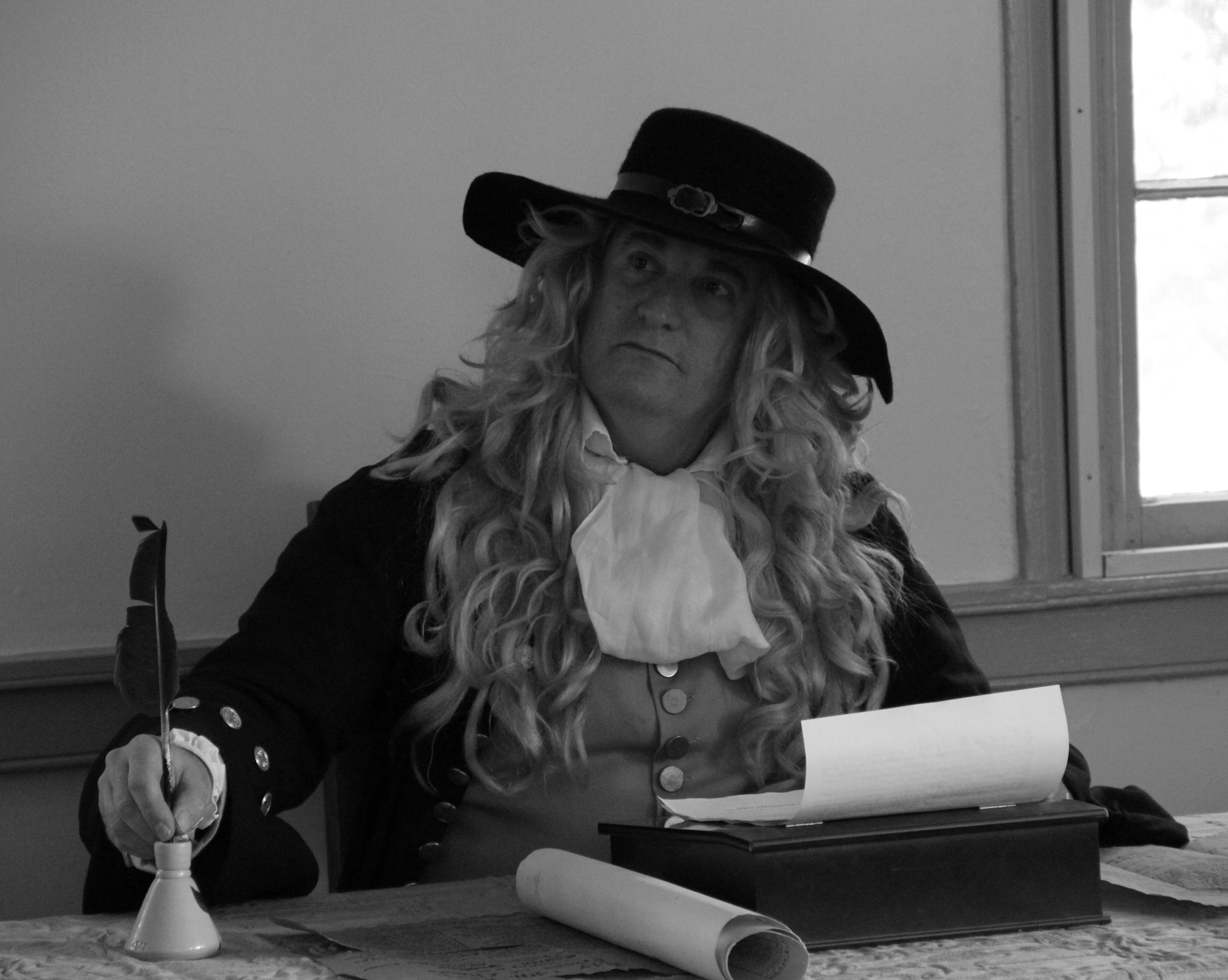‘Tis the month of ghost and ghouls and all things otherworldly… so it’s a great time to explore the role of witchcraft in 17th-century society!
So how would you react as a colonist, if someone in your community was accused of witchcraft? Well first you have to understand what constitutes witchcraft. Otherwise, how exactly would you know if your neighbor down the street had made a pact with the devil? And then, if you found someone to be a witch, what exactly could you do about it?
In making these and all other decisions regarding witchcraft, there was a lengthy and well-known piece of literature that was referenced and it was called The Malleus Maleficarum (“The Hammer of Witches”). It gave well-respected advise on defining witchcraft, the powers possessed by witches, connections they had to the devil, and the threat this presented to society, as well as the judicial process for charging witches and how to punish them accordingly. Among these descriptions it also provided a set of questions to further help in the trial process, one of which provides the title to this blog. In fact, the Malleus Maleficarum was such a bestseller, it was published in four languages between 1487 and 1669. It even made its way across the Atlantic Ocean and was used within the colonies during bouts of 17th-century witch hysteria that found hold in even the most liberal of colonial governments!

Although the majority of hysteria during this time was not directly tied to Pennsylvania, there is one recorded witch trial in Penn’s colony in 1684. A Swedish immigrant to the colony, Margaret Mattson pleaded “not guilty” to accusations of being a witch and practicing her craft. Presiding as judge, William Penn allowed Margaret to defend herself on the stand, provided interpreters and fellow Swedes on the jury. After testimony was over, Penn gave the jury his charge and the verdict was reached.
The jury found Mattson, along with the other woman being charged with witchcraft, Yeshro Hendrickson, guilty of having the reputation of being a witch (“the common fame of”), but there was no law against such a thing. However, in order to maintain calm within the community, Penn imposed a fine on both women’s husbands of £50 to be held as bond and for Mattson and Hendrickson to be on good behavior for 6 months. If no further charges were brought against them in this time by their neighbors, the money would be returned. This type of “sentencing” was known as a “peace bond” and often utilized by Quakers as a tool to encourage good behavior and to keep the peace within their settlement. Moreover, the death penalty was abolished by Penn for crimes of any sort with the exception of willful murder.
So why did Pennsylvania’s witch trial turn out so differently than other colonies? Check back next week to catch Part 2 of this bewitching comparison!

Written by Mary Barbagallo, Intern
Sources:
Pennsylvania Colonial Cases – Proprietor vs. Mattson
The Malleus Malficarum of Henrich Kramer and James Sprenger: Translated with an Introduction by the Reverend Montague Summers, Dover Publication, Inc., New York, NY, 1971.
The Witch Hunts: A History of the Witch persecutions in Europe and North America, Robert Thurston, Pearson Education Ltd., United Kingdom, 2007.

